Birmingham is the most populous city in Alabama. It was founded in 1871, during the Civil War reconstruction period by merging three small towns. Birmingham remained a primary industrial center from its foundation to the end of the 1960s. Its major industries were Steel, Iron, and automobile. The growth was disrupted by an outbreak of cholera and Wall street crash in 1873. The 20th century began with rapid construction, downtown was redeveloped, and the city earned the nickname of “The Magic City.” Between 1902 and 1912, four large office buildings were constructed at the intersection of 20th Street. The economy and growth were disrupted again by the Great Depression of the 1930s. During World War II, when the demand for steel and iron increased, it gave Birmingham a rapid return to prosperity. The nickname “The Magic City” changed to “Bombing ham” in the 1950s when the racial tensions and civil rights movements started, and houses of black families were bombed.
Here below we have compiled a list of magnificent historical photos of Birmingham, Alabama that show street, roads, landmarks, and everyday life. Vote your favorites, and don’t forget to share.


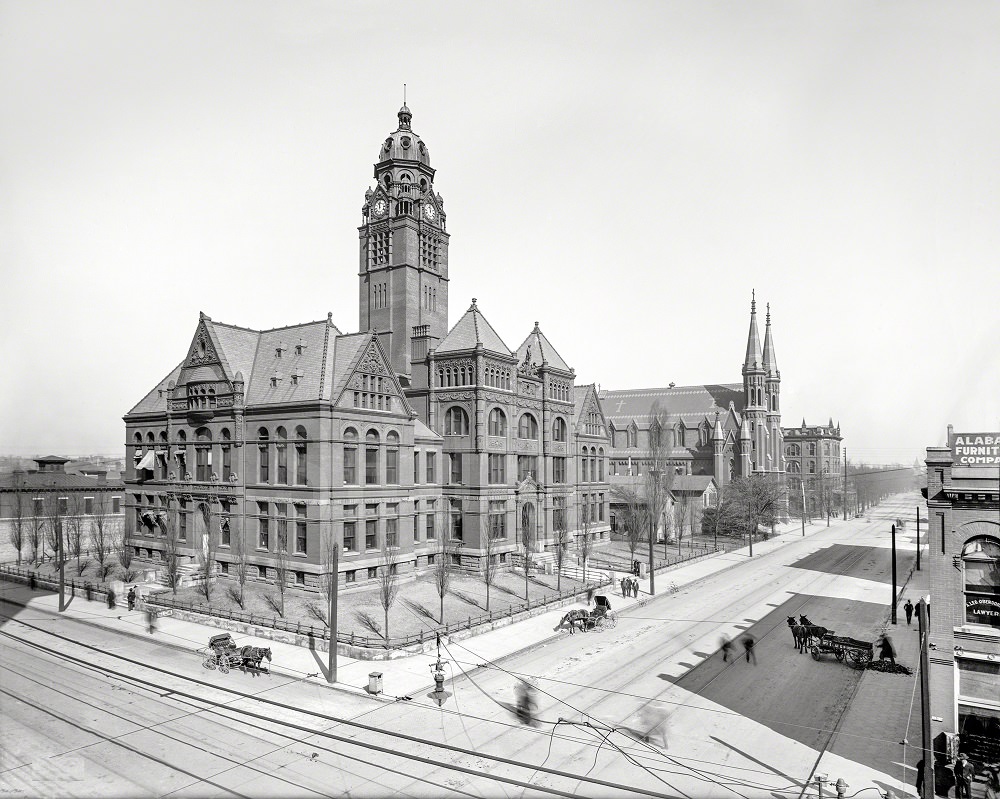
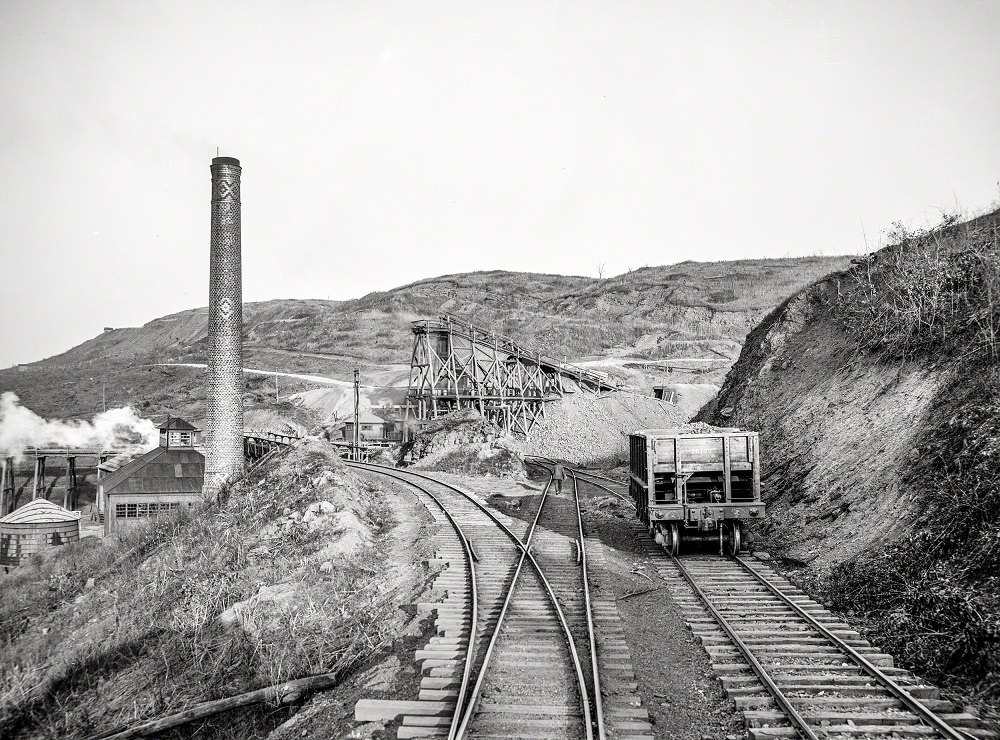
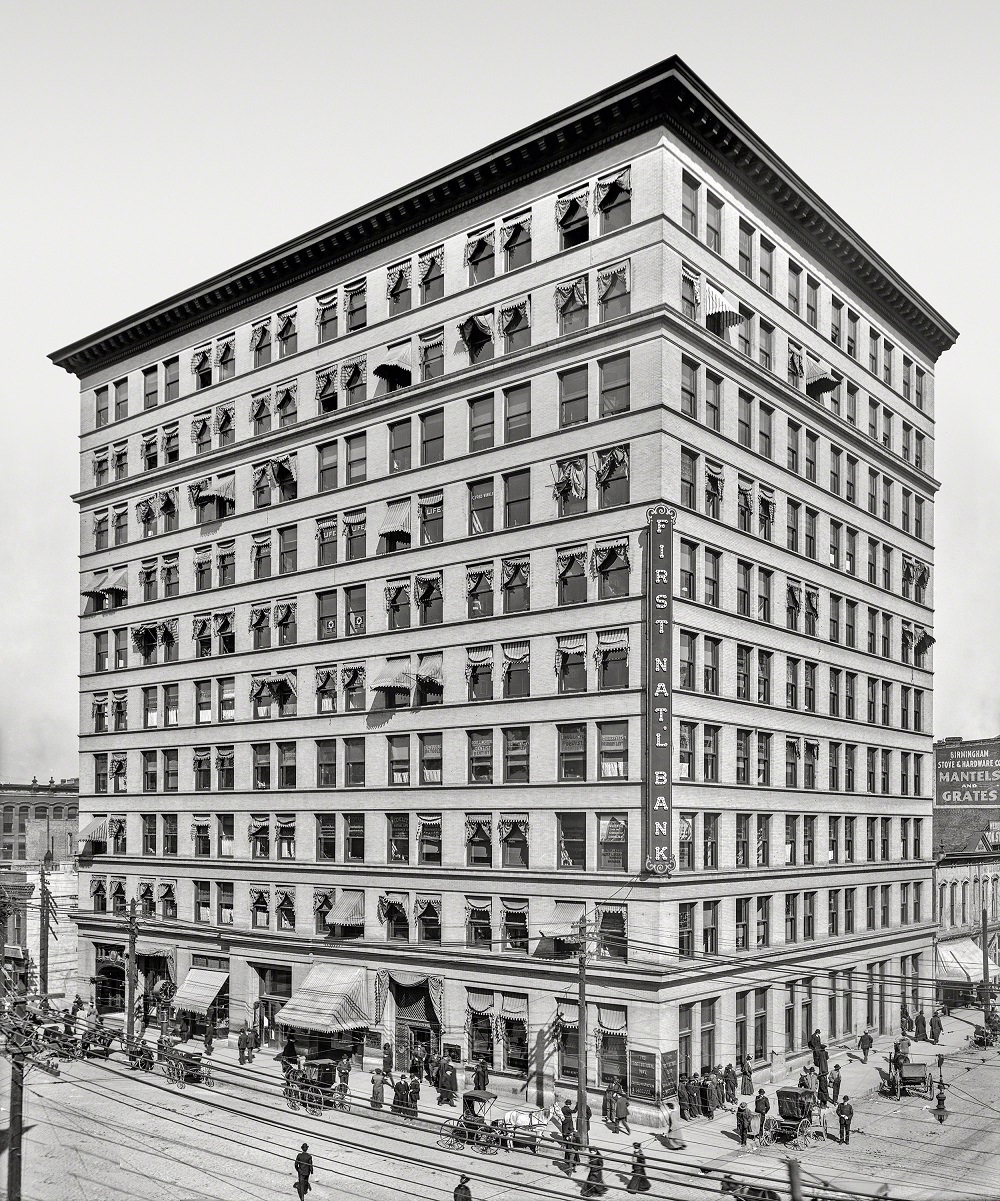
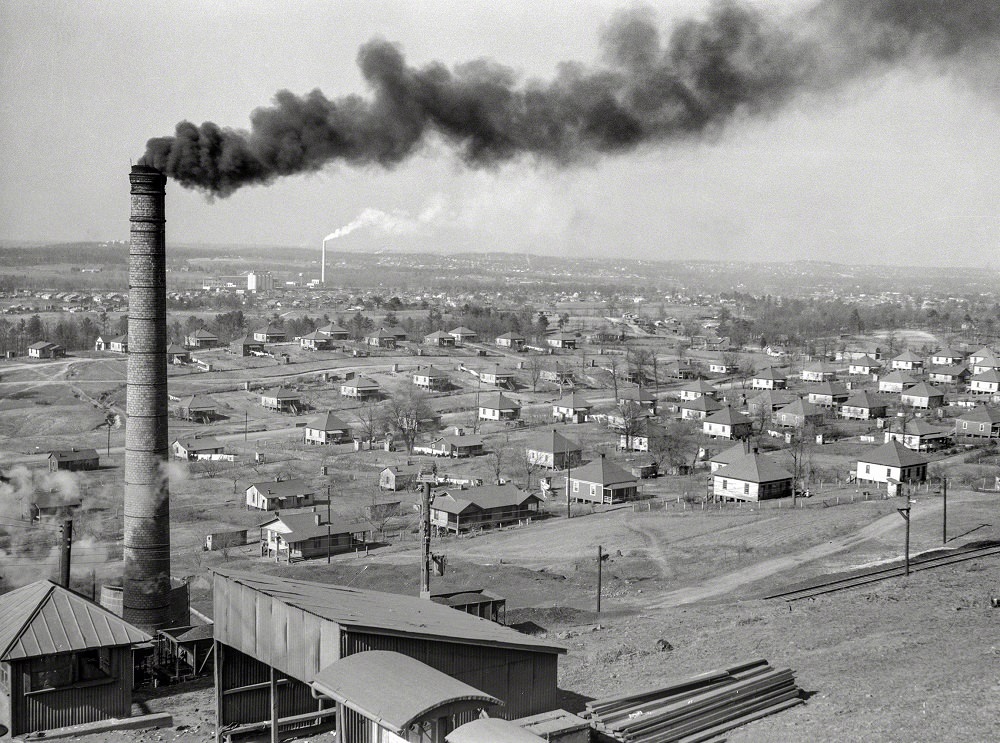
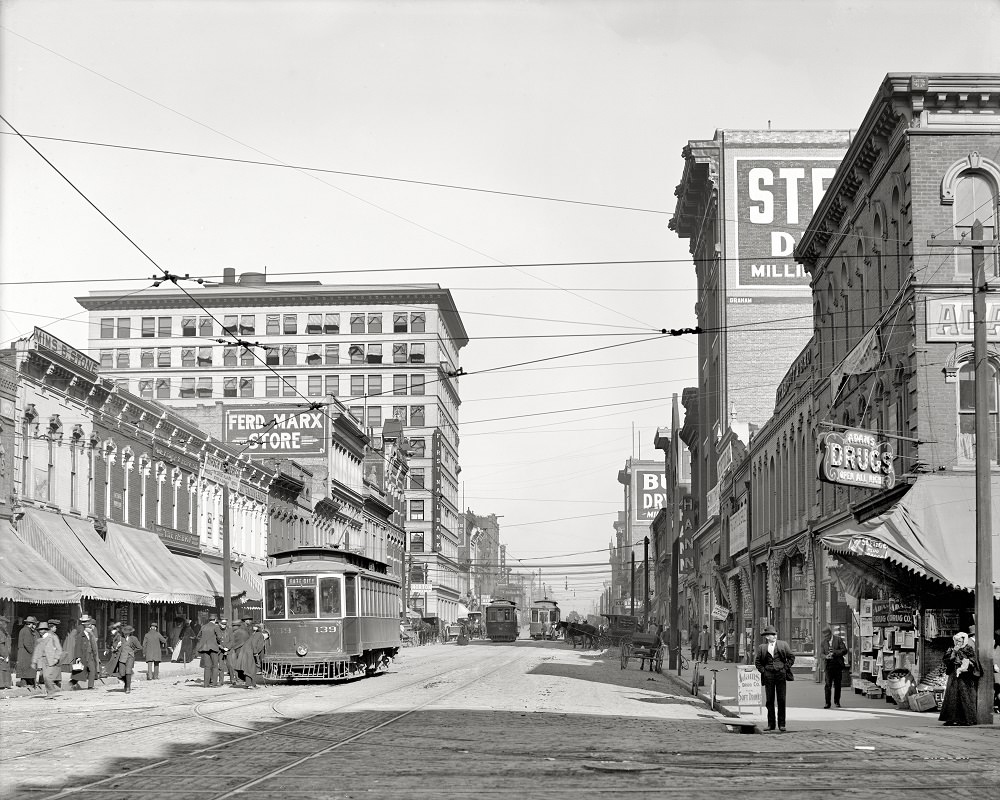
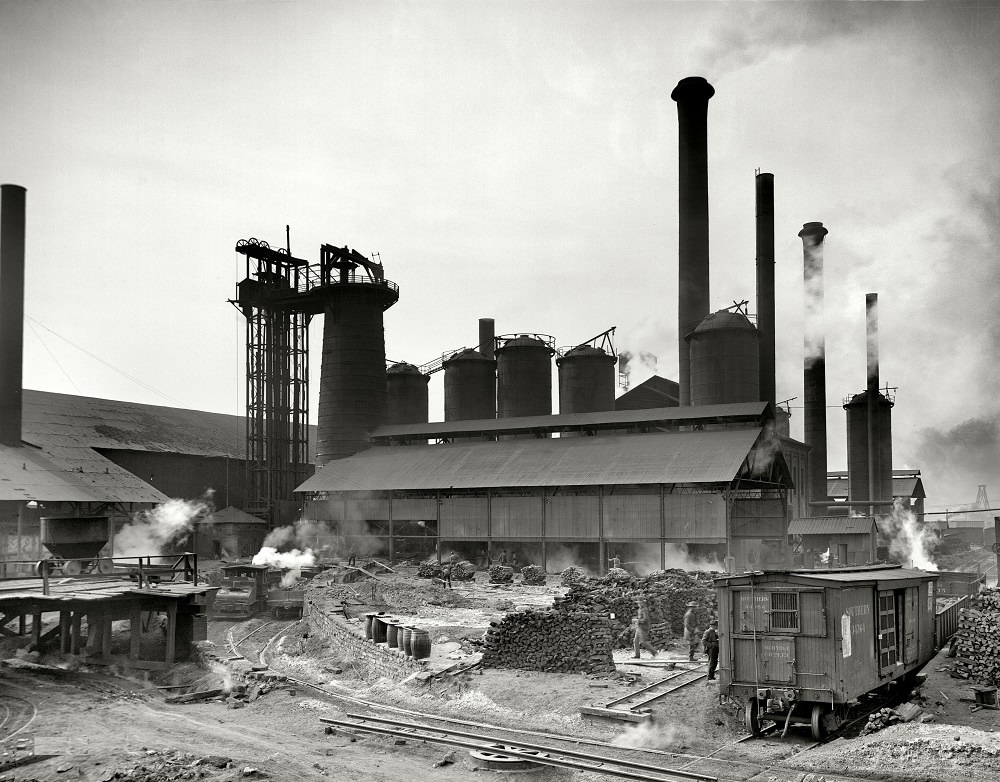
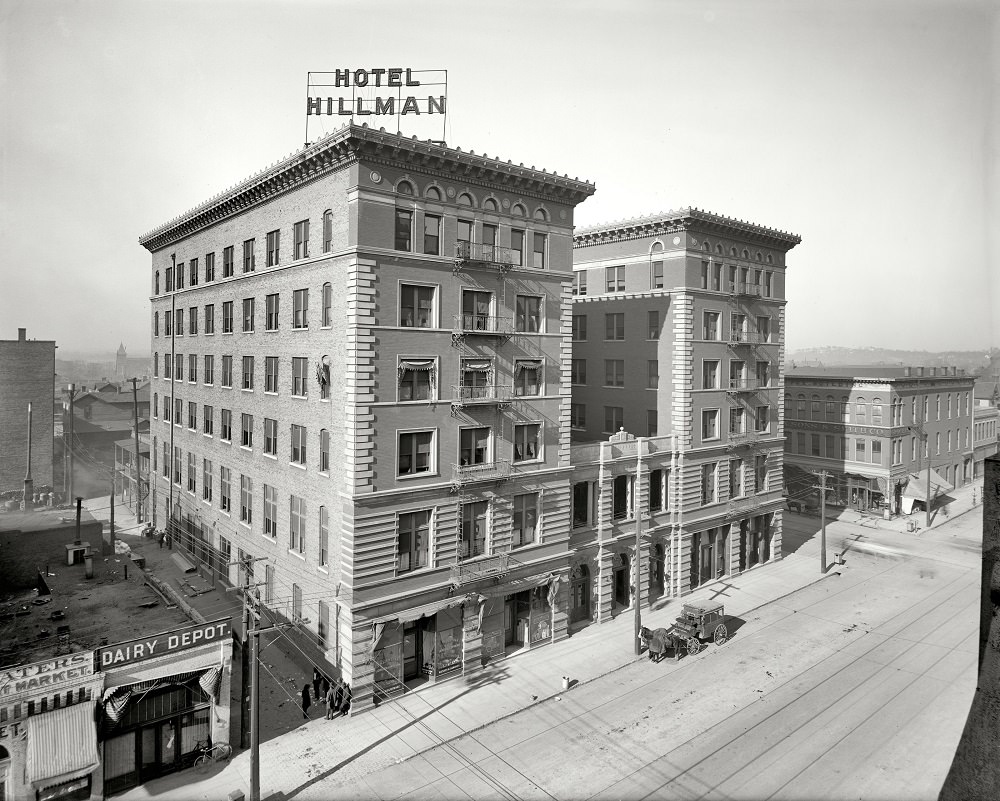
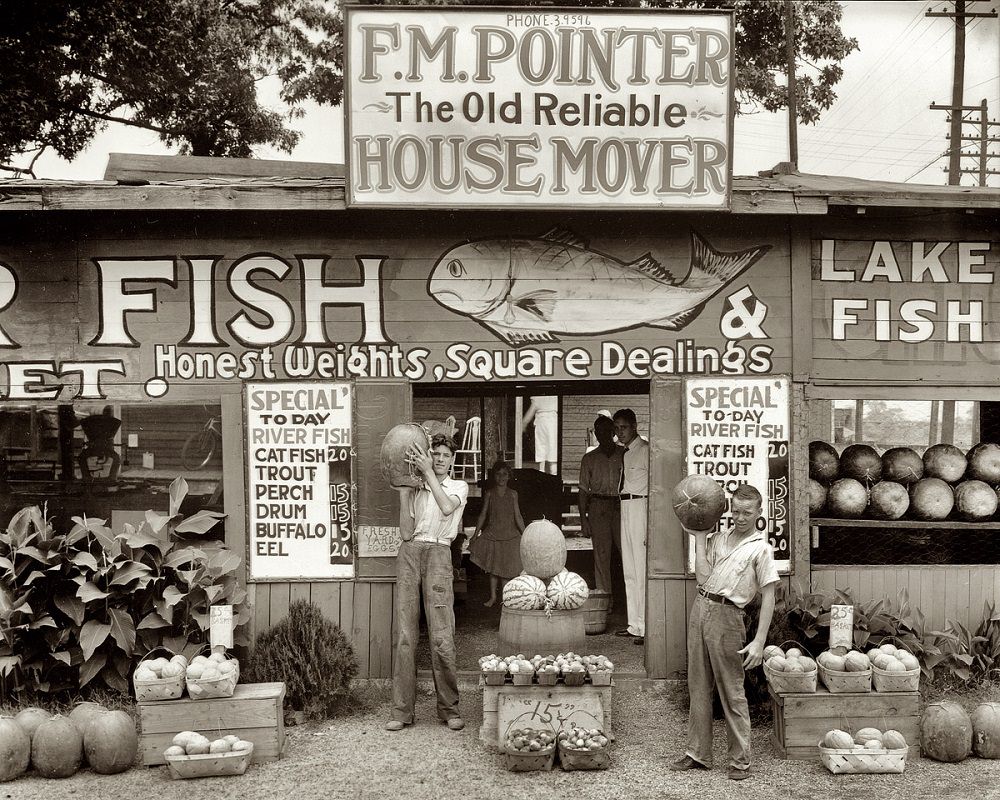
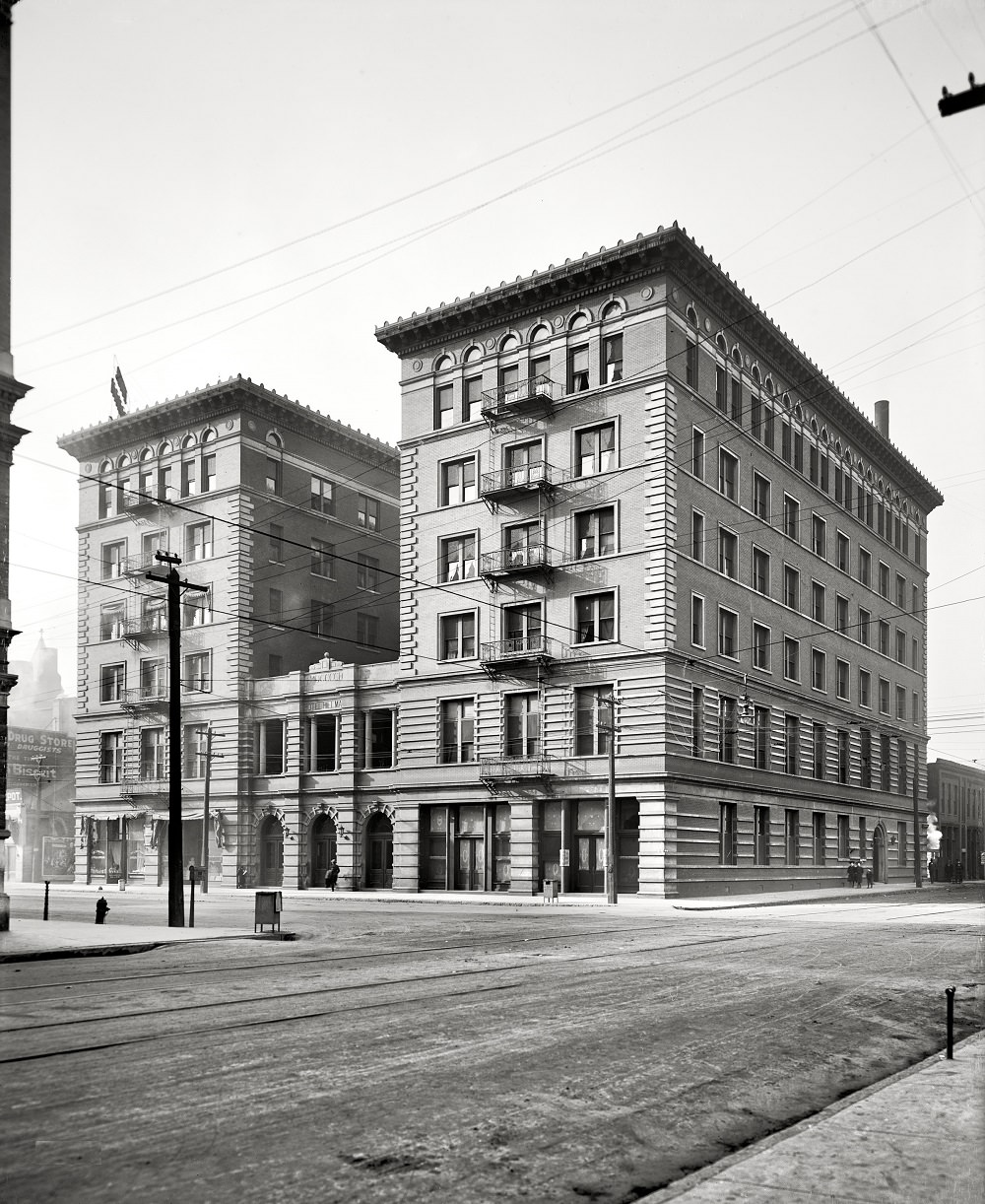
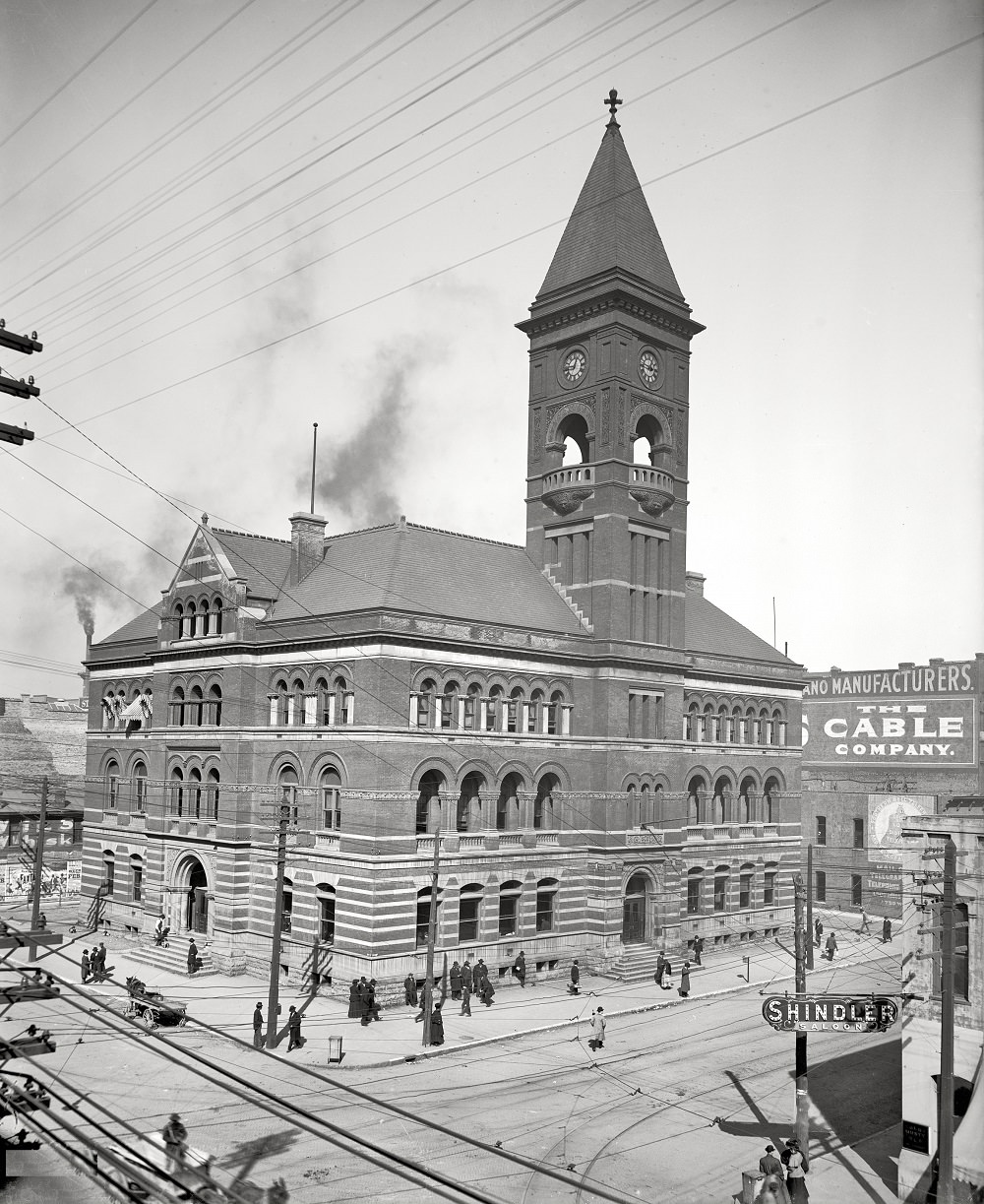
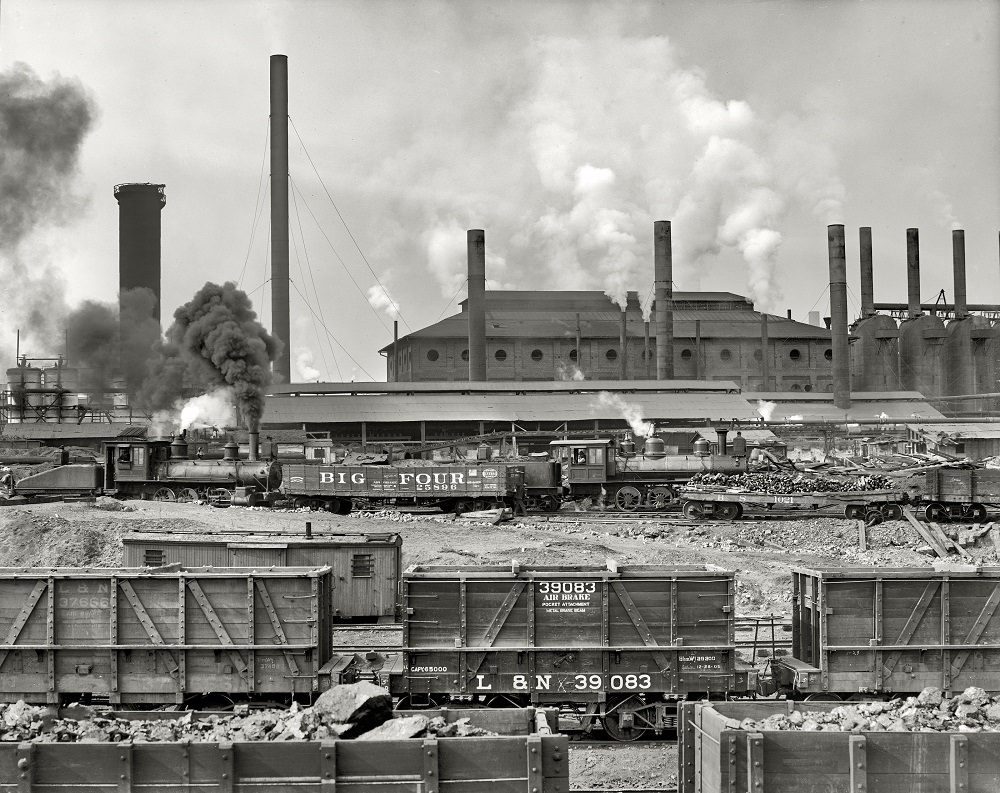
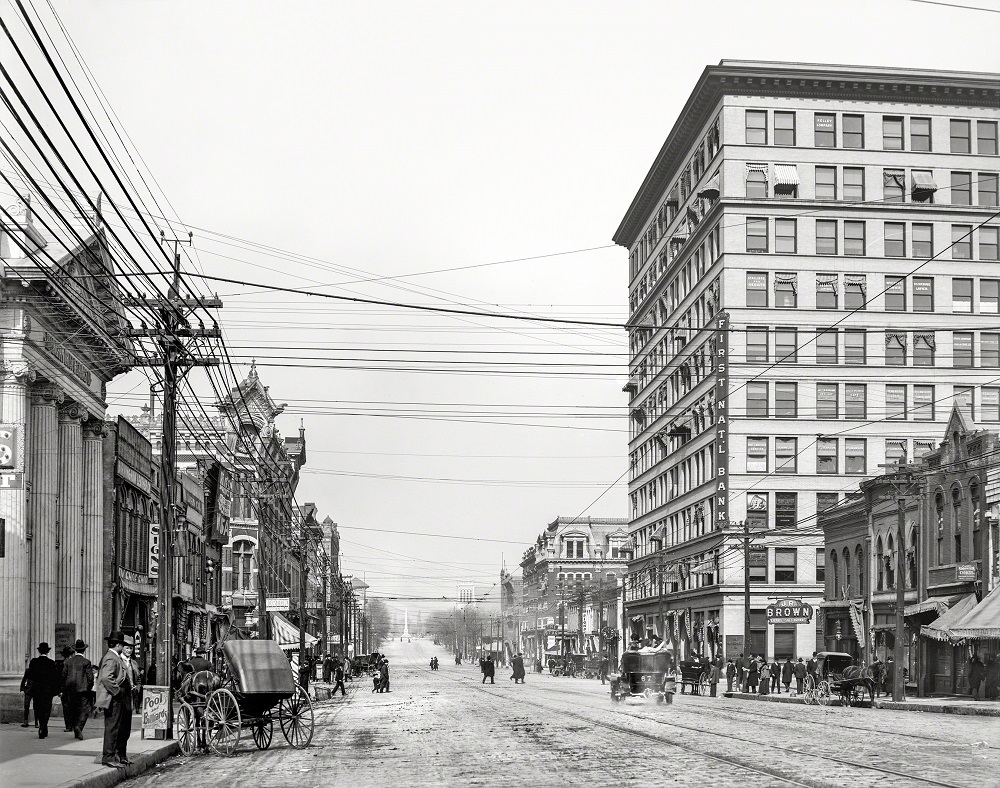
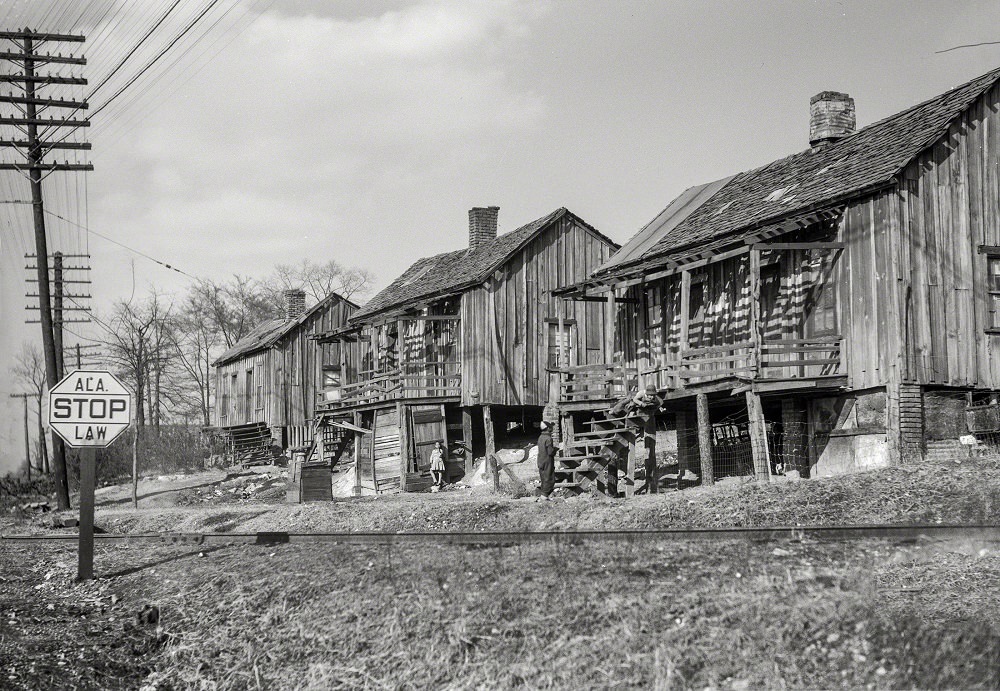
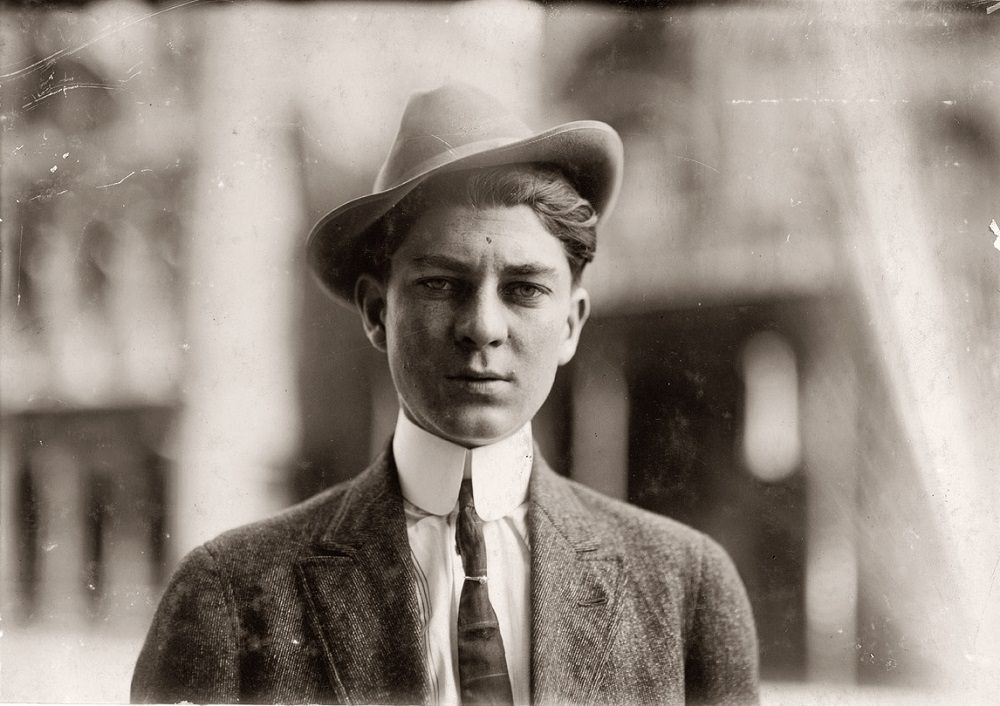
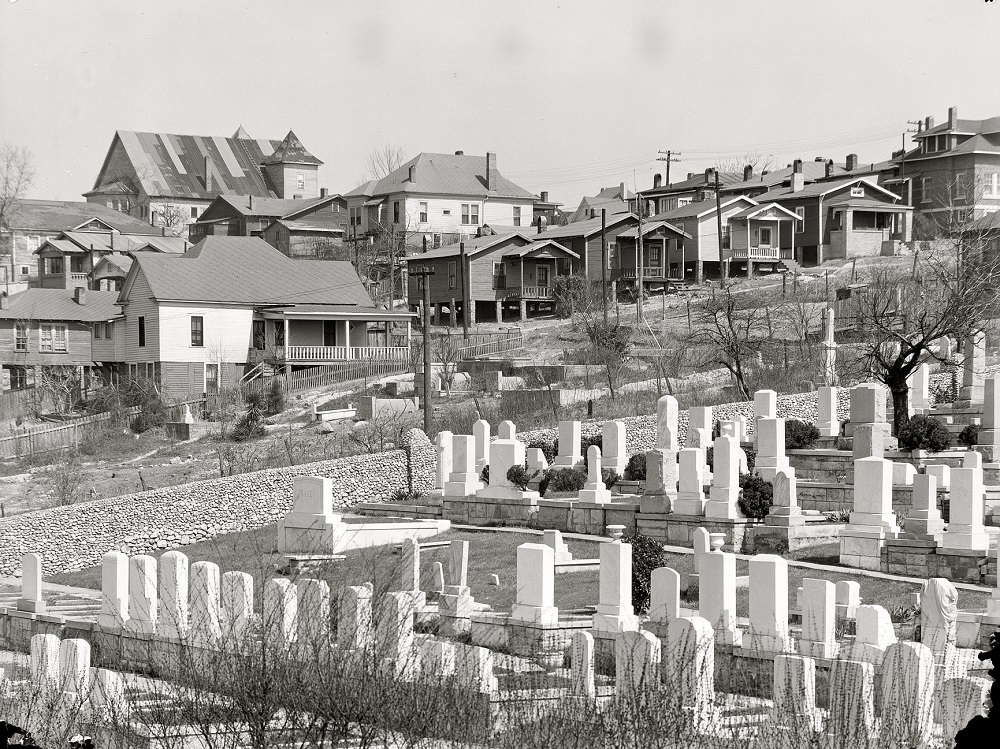
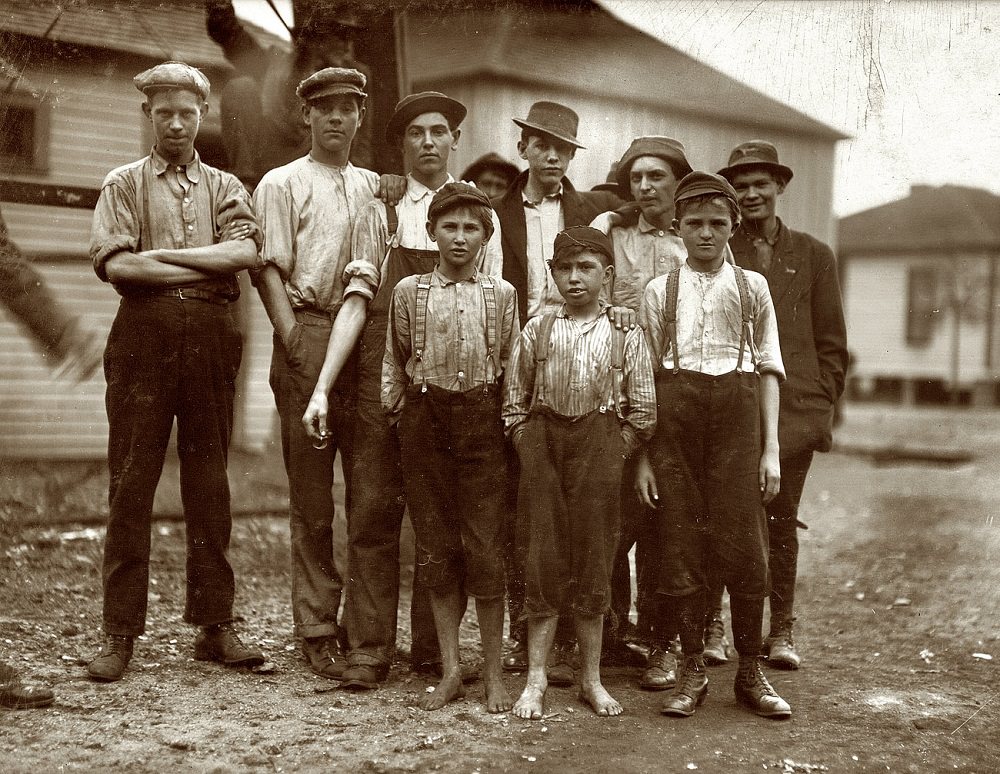
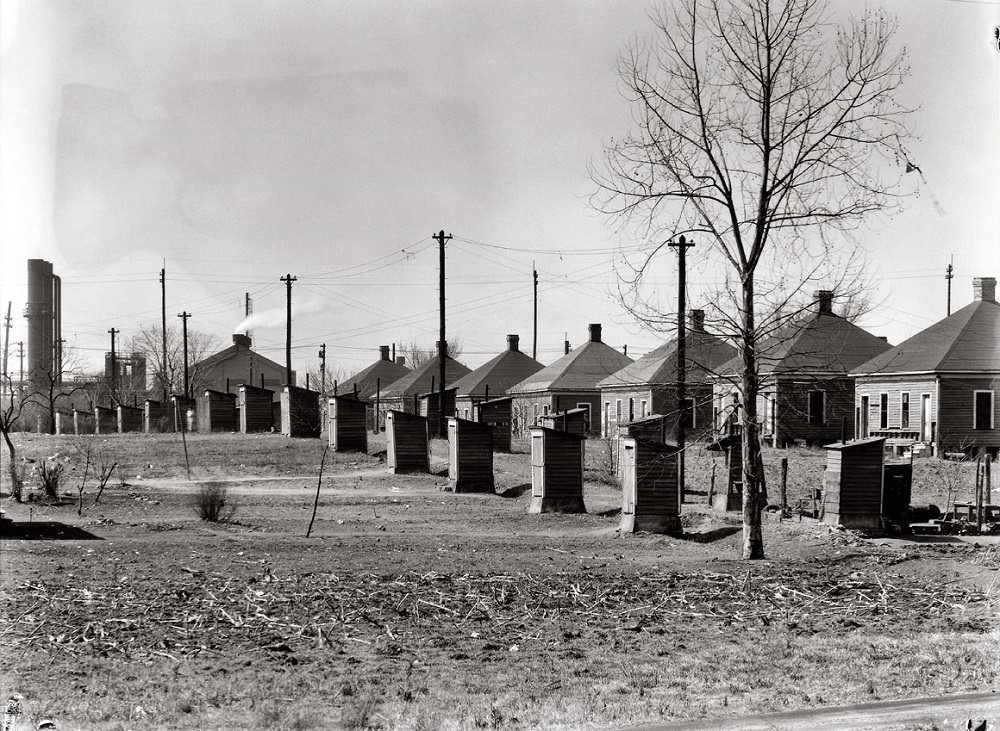
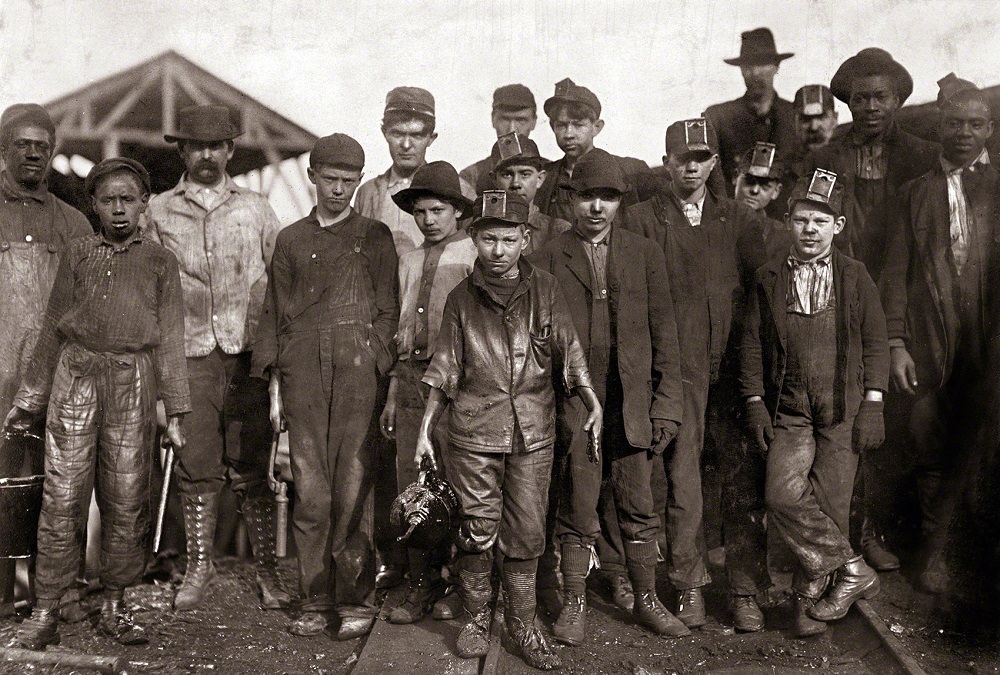
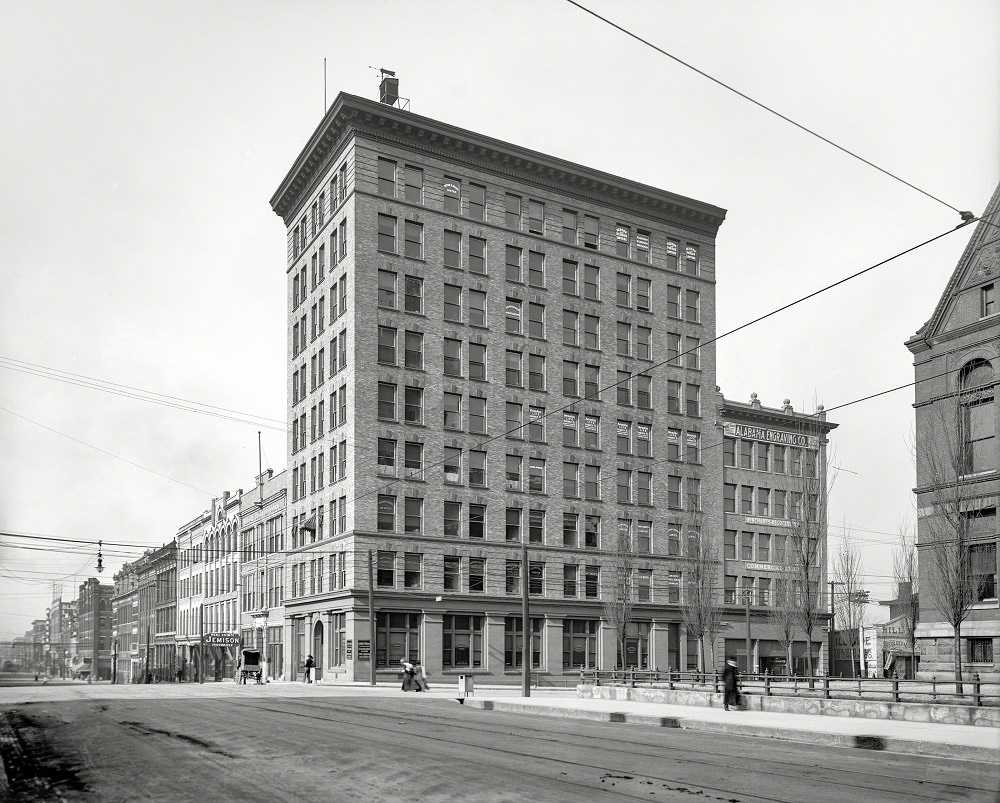
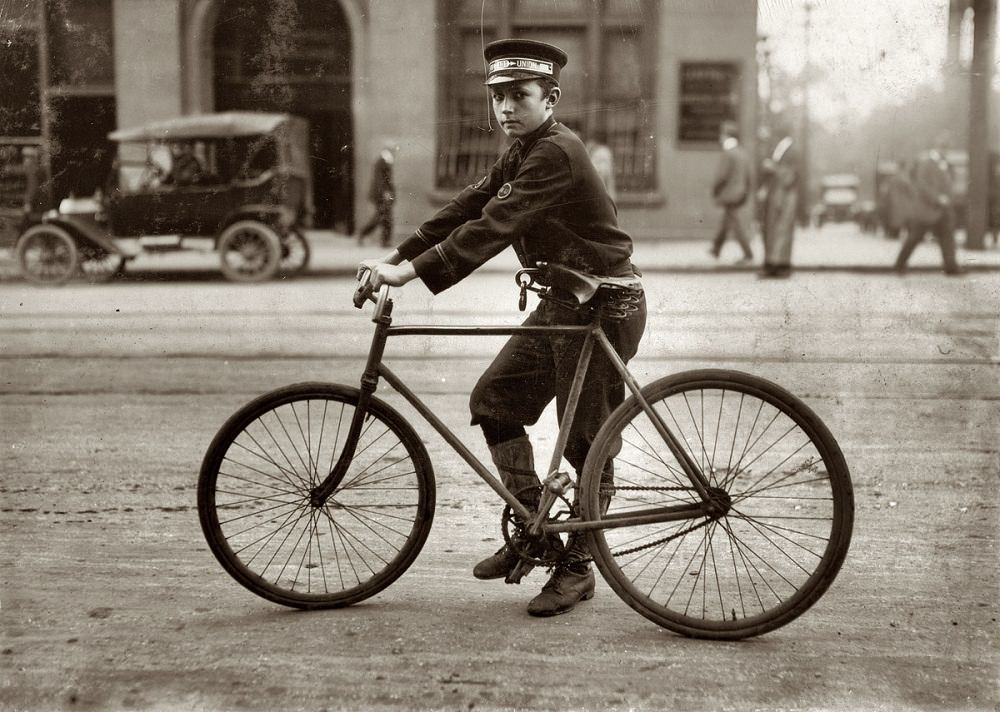
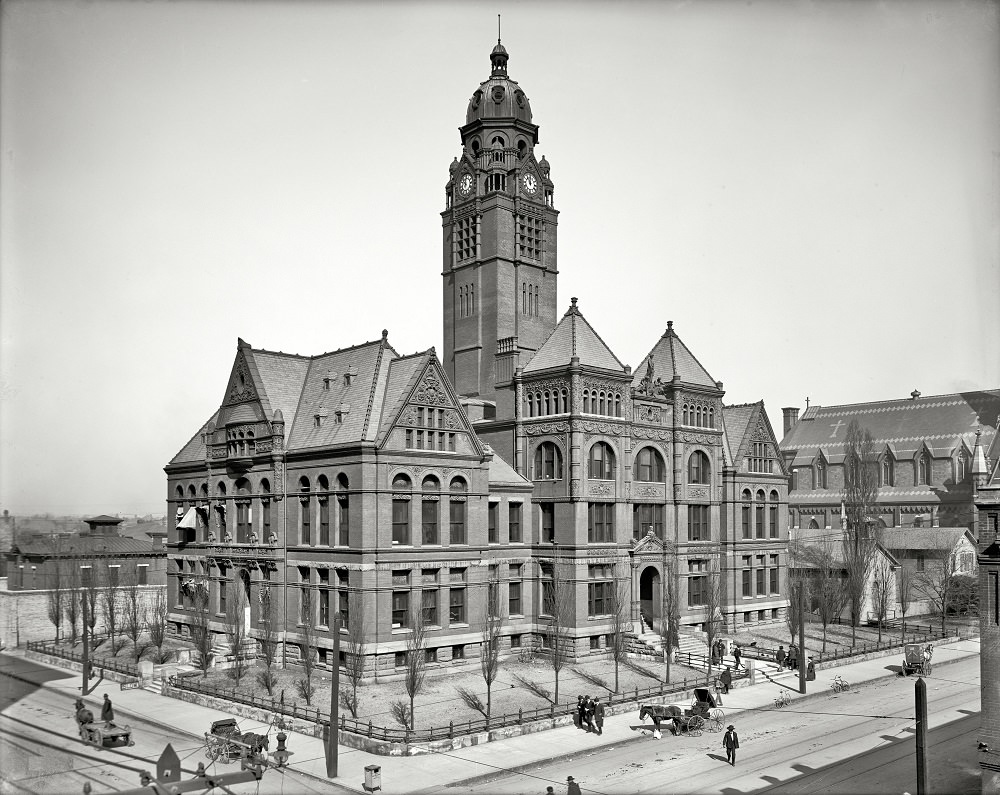
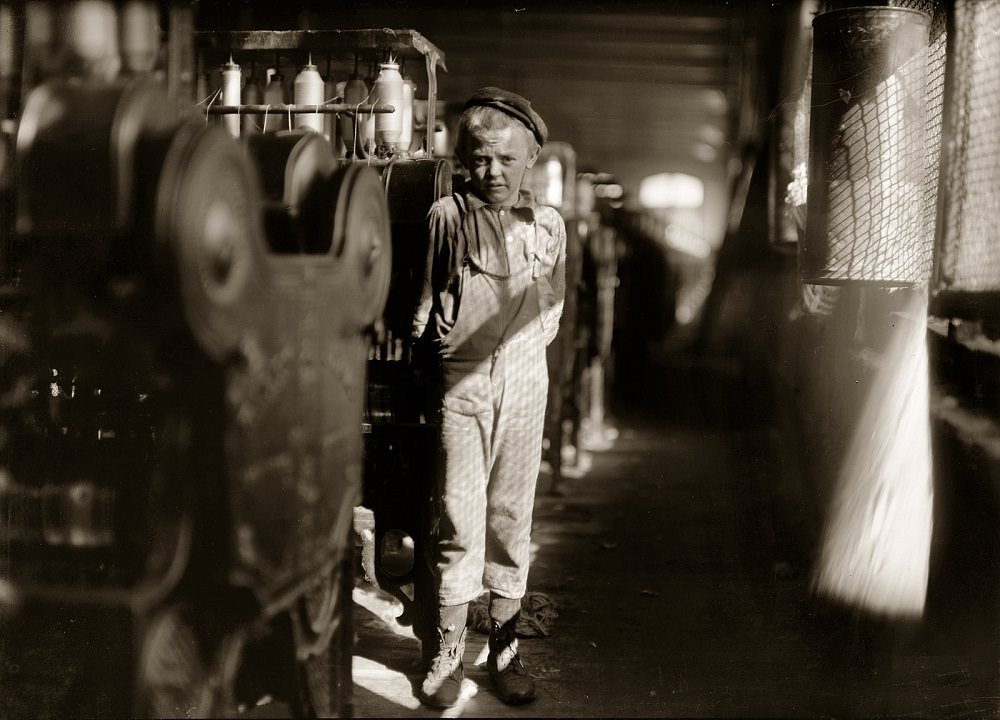
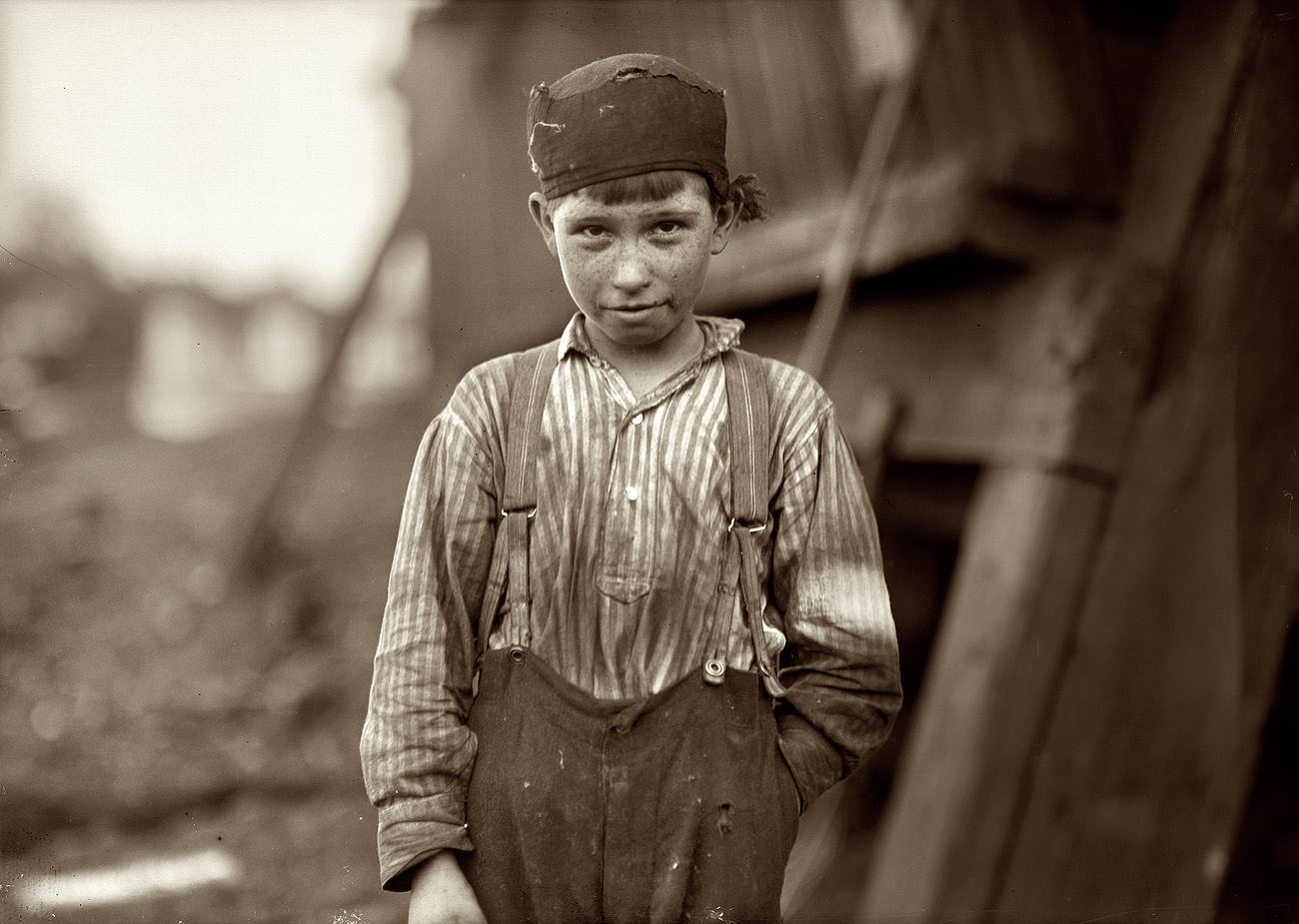
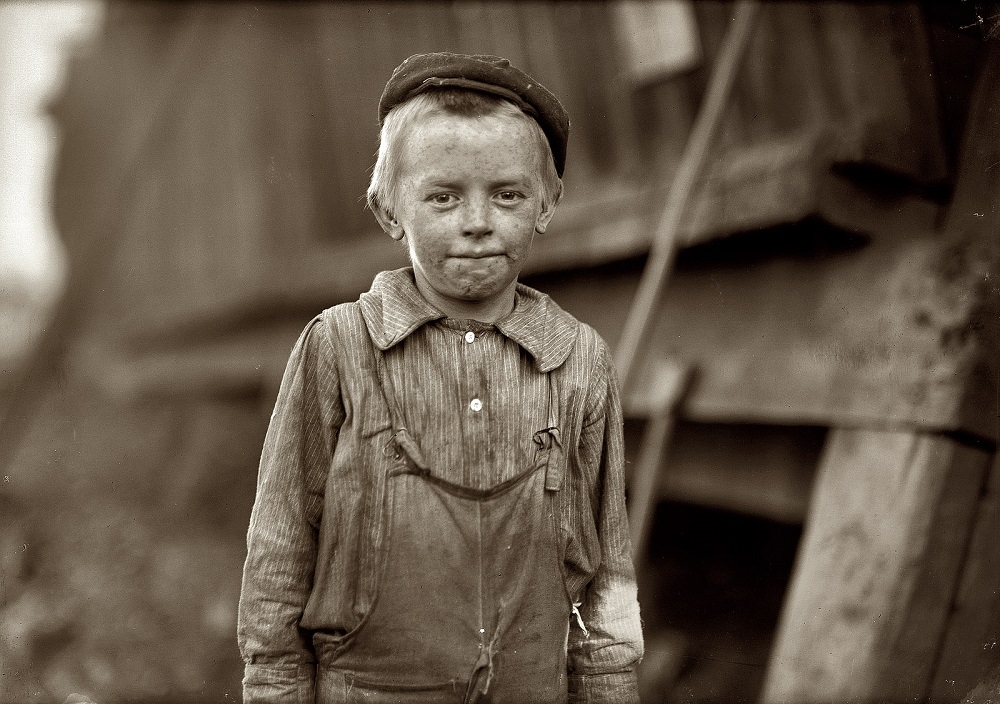
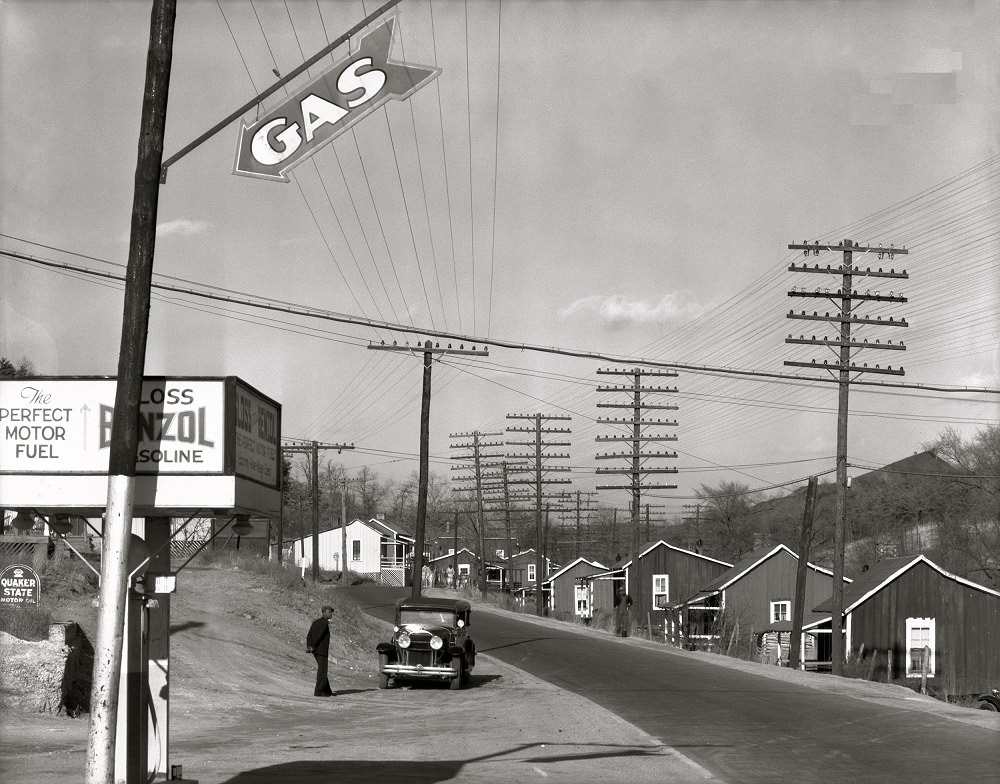

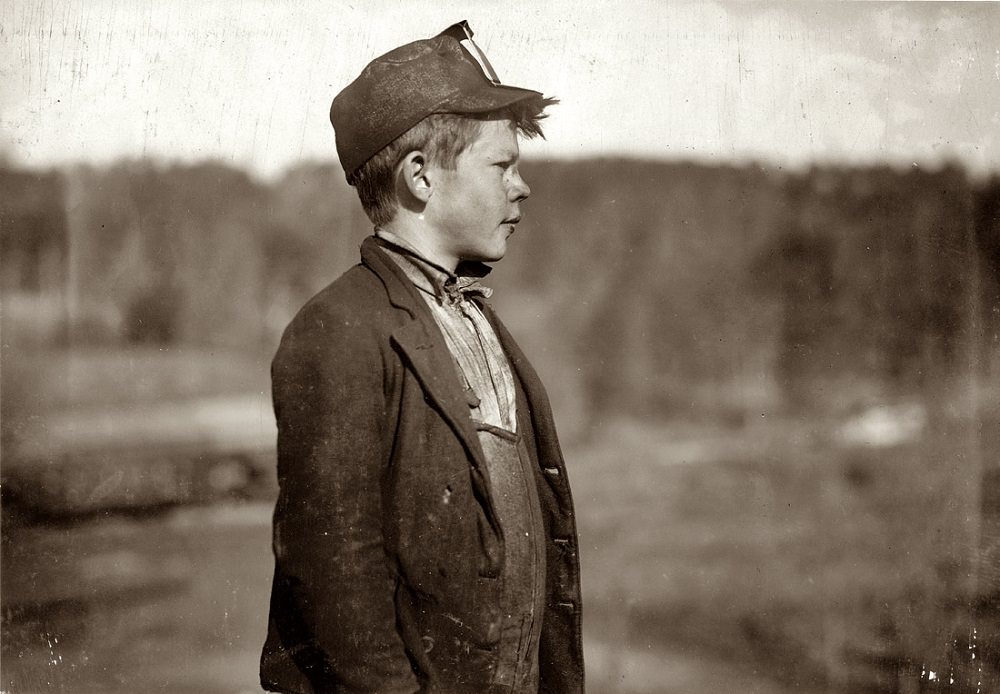
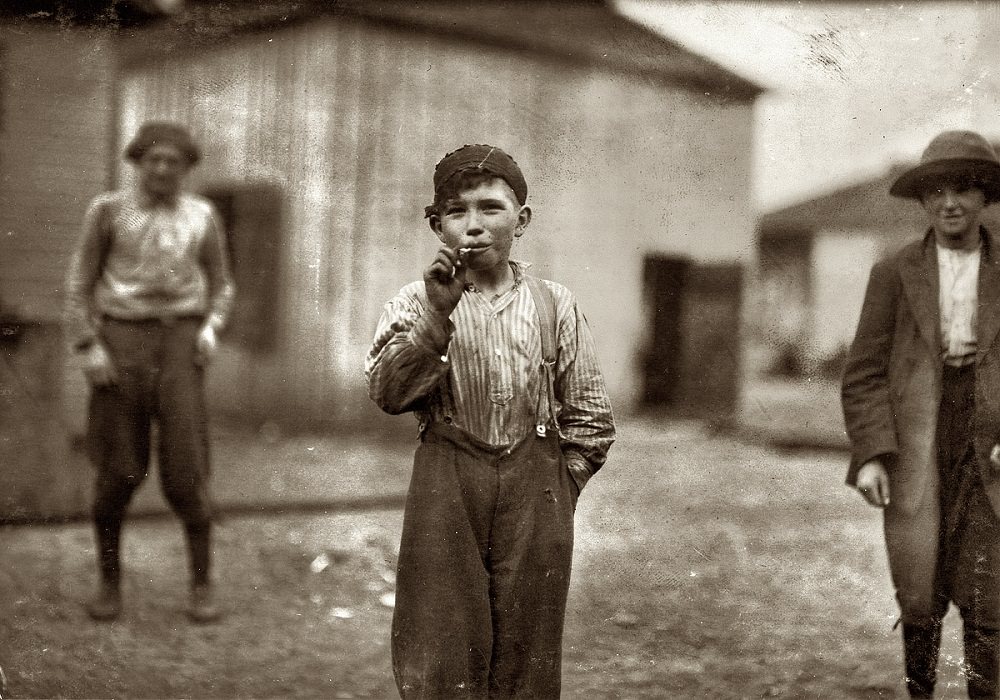
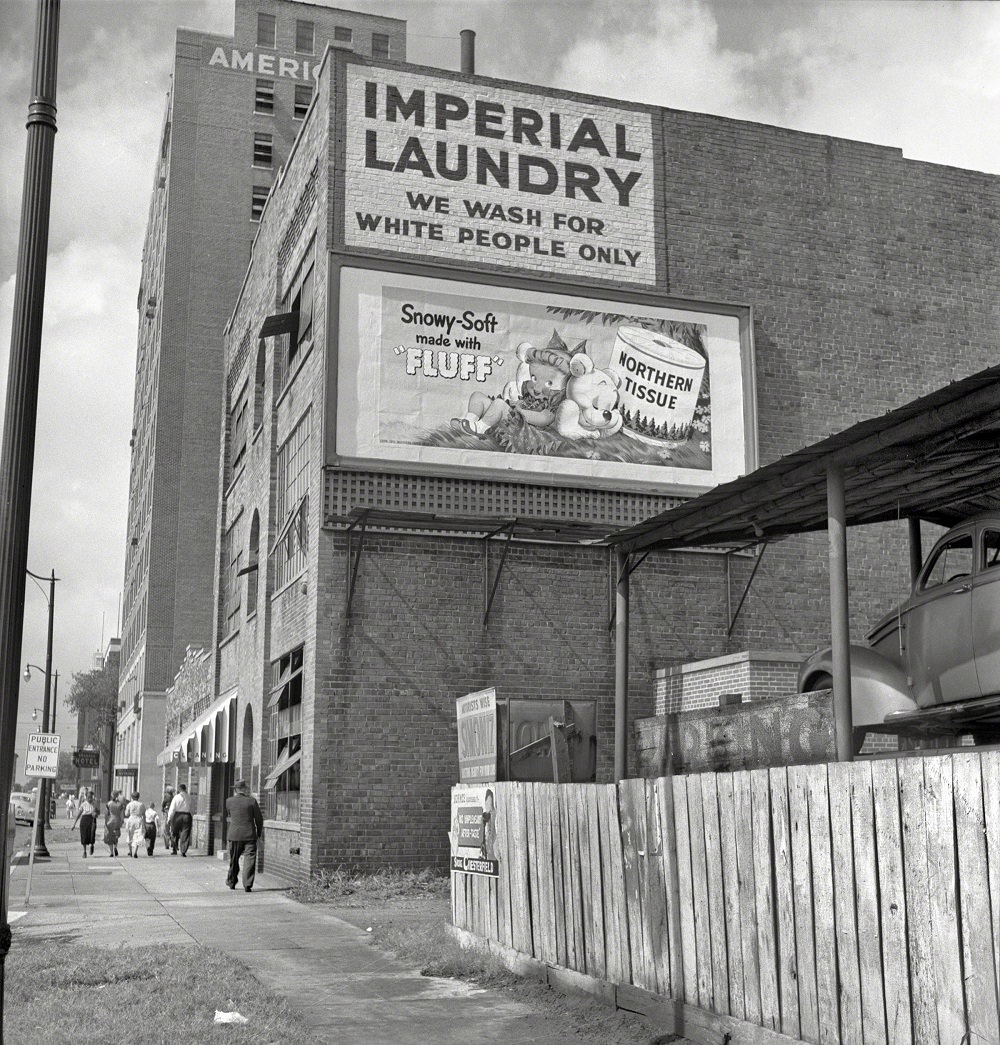

Does anyone know which cemetery that was in the photo? I’m sure it’s still around.
It is heartbreaking to see these kids working in such dangerous jobs. This is absolutely repugnant. Hopefully, America won’t return to this state.
I wonder what child labor was like throughout history, how it differed from society to society, etc. Was child labor just normal in most societies since the dawn of civilization for most non-wealthy children? What kind of work did children usually do? I am simultaneously surprised and not surprised that schools don’t teach more about this.
The answer is yes if you live in a union-friendly state.
This isn’t surprising, lol – do you have any knowledge of the subject? Now I’m wondering which societies work their kids the hardest
I don’t have any opinions about other societies. As a member of a labor union, I am aware of all the atrocities that have occurred when it comes to unfair labor practices throughout the nation’s history. For the benefits and pay we have now, people literally died and were killed. We can’t expect corporations to give us anything out of the goodness of their hearts. I hope we don’t repeat history with record profits and inflation, but stagnant wages.
Back in the 70s, I was taught about the Haymarket riots, the Pullman massacre, and Anaconda Copper. Labor day has become synonymous with picnics now.
Do any notable miner’s houses still exist?
I have seen a lot of that type of house in Bessemer (the square ones with the chimney in the middle). Their history always intrigued me.
It’s right next to the paved parking lot of Red Mountain Park on Venice Rd! Some of them are still inhabited
Yes, of course. Mulga, Bayview, Docena and Edgewater all have a lot of them, with a few streetscapes preserving some of the 1910s charm, albeit with more mature trees. A majority of them were sold at affordable prices to tenants after World War II, and many are still occupied by descendants. Even where alleys remain open, there are hardly any privies left.
When did we stop eating Eel?
The eel is one of my favorite foods. Most sushi restaurants serve it.
One thing that always strikes me about these circa 1900 photos is the paved streets. It is startling to realize that paved roads predated automobiles, even though we are used to seeing cobblestones on them now.